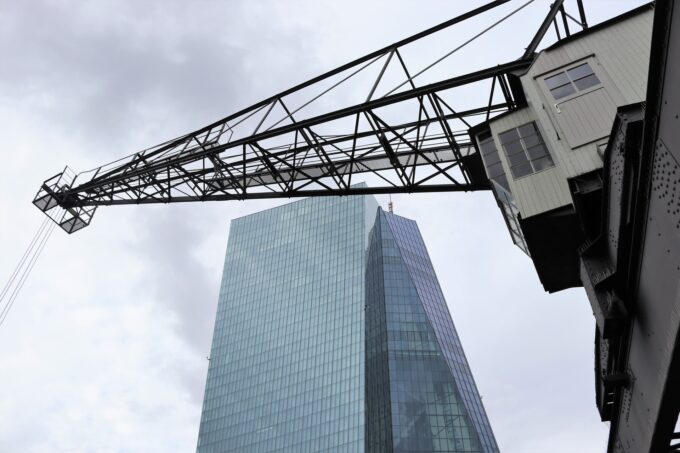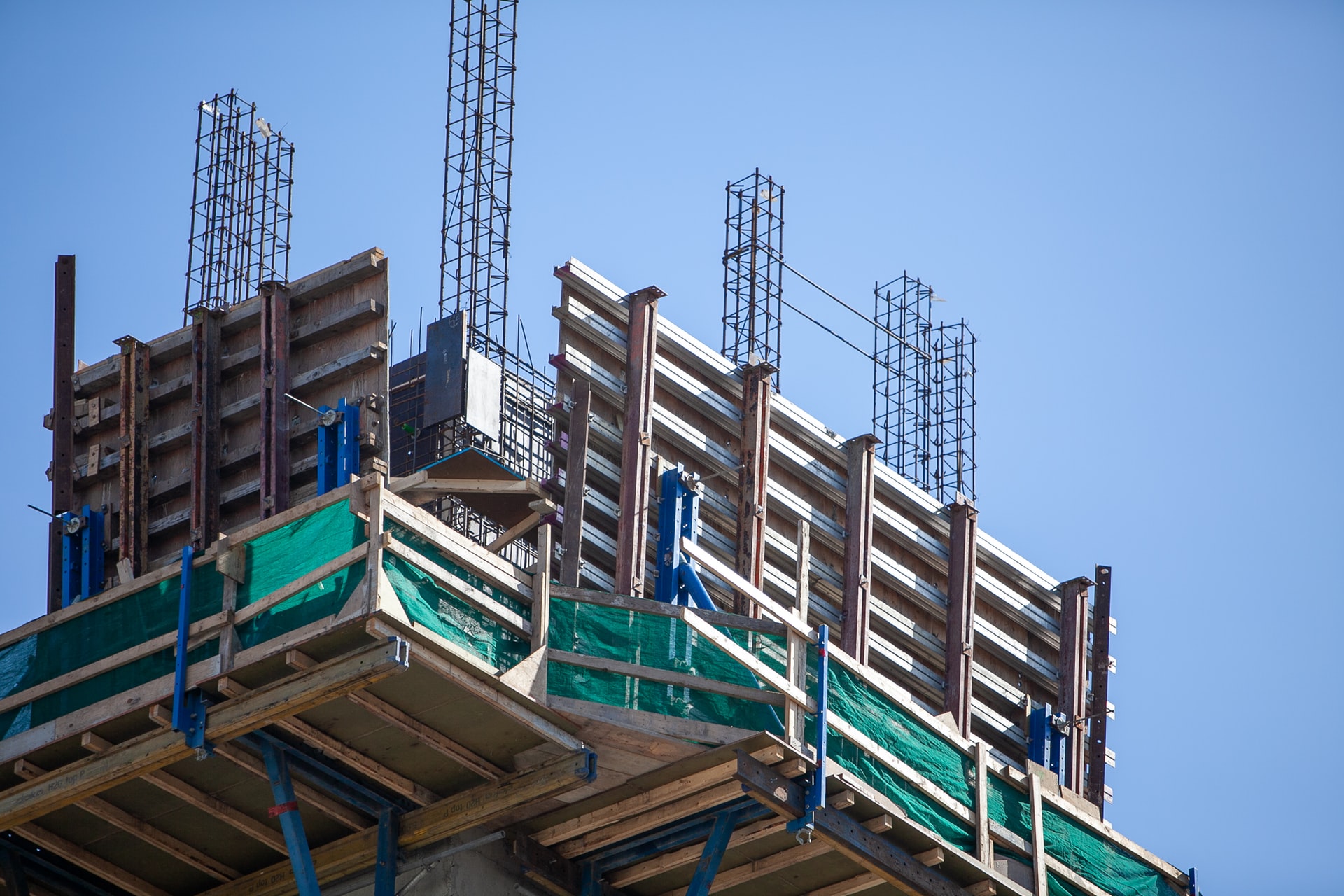When you’re running or setting up a company, irrespective of how large or small your operation is, cash flow in construction can be a tricky thing to manage.
The average time it takes for a construction payment is around 83 days. Unfortunately, delayed payments can stunt your business growth and put a lot of financial pressure on it.
All these elements highlight the importance of cash flow management in your construction business.
This means keeping on top of income, expenditure, money owed and projecting what cash flow you’ll need in both the short or long term. This is imperative for ensuring you generate a profit.
In light of these important facts, here’s our step-by-step guide to helping you manage cash flow in construction.
Cashflow: What Is It?

It’s the net amount of cash and cash equivalents going in and out of your business during any period of time.
Cash flow is not to be confused with profit. Profit is the difference between what you provide or sell and what costs your construction business to deliver its services.
You know you have a good cash flow situation if there is more income than expenditure in any given time period.
As for the construction industry, you know what a frantic environment it can be, with money flowing in and out between you, your suppliers, and the client.
Typical Problems
Here are just a few things you may be experiencing in your construction business:
- Paying your bills
- Paying employees
- Keeping money aside for retainage or retention
- Paying for assets
- Late receipt of payment from your clients means you can’t pay your suppliers and employees
Here are a few tips to keep you on the right side of your cash flow.
Cash Flow Forecasting

Try to estimate as best you can the amount of cash coming in and going out of your business each month.
It’ll mean you can budget more accurately in the short and long term. You can also calculate how much your business will grow in the future.
Spread Your Costs
Use credit cards, loans, and any lines of credit you have to buy equipment and materials. That way, you’re leaving cash-free for unexpected or urgent expenditures.
Make Your Estimates Profitable

Clients want the best company to do the job, not just the cheapest. While you may want to undercut your competitors, don’t do so at a cost to your business when you’re pricing up a job.
You always want to make a profit, so when you’re estimating a job, factor in markup. It should be enough to cover the cost of overheads, increases in material or labor costs, and so on.
Equally important is to have a system in place to know precisely how much your labor, material, and equipment costs will be for each job you’re pricing up.
If you are working with an electrical contractor, for example, find one that utilizes a commercial electrical estimating software like this one at servicetitan.com to make sure that all costs are accounted for.
Watch Your Spending
While it’s essential to focus on quality materials and equipment, it’s equally important to look out for discounts and great deals. Remember to negotiate for additional savings whenever you can.
Don’t Be Shy

If you have to, get right in there when chasing invoices. Ensure your invoices all have a deadline by which they should be paid.
Send out regular reminders (by email or post) and get on the phone/speak to clients in person to set up recurring payment plans if there’s a problem. Why risk your business because you were too passive?
If possible, employ someone experienced in finance and invoice chasing to do this on your behalf. That way, you can focus on other essential aspects of your business.
Remember, while construction is the third-largest industry in Australia (with 380,000 businesses across the country), over 1,500 companies entered into administration with cash flow cited as the main reason.
Establish a Client Dialogue
Work on your client relationship from the start. The better you work together on the project, the easier you will find it to chase payments upon completing each stage of the construction project.
You also need to know that the client can actually pay for the job. Check their creditworthiness and credit statements, and get references from contractors they’ve worked with previously.
Keep an Eye on Scope Creep

Common reasons for scope creep include when other project stakeholders and clients change the goals or desired end result.
While it’s natural that all projects’ needs do vary a little, significant changes can really impact your cash flow and your profit margin. When you establish your client relationship, it’s essential to convey that any alterations to the project will mean more costs to them.
You could, for example, insist upon upfront cash payments for any project changes. Suppose you’ve established a positive working relationship with your client. In that case, you’ll have less difficulty in reminding your client of this agreement should you need to further down the line.
Be Organised
Avoid delays to any projects by planning them in detail, so you avoid missing deadlines and any contract penalties. This will help your cash flow because you won’t be using any working capital on projects that stand idle.
Instead, you’re ensuring all your materials are delivered on time. You could also think about using cash flow forecasting services from professionals to save you money and time.
Are You Ready to Manage Your Cash Flow in Construction?
Cash flow forecasting and management can be a challenge, but you can succeed. Follow our tips outlined above to better manage your cash flow in construction.









